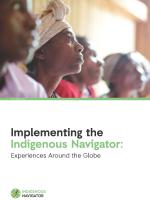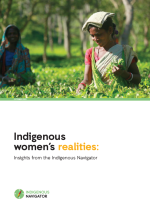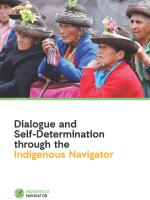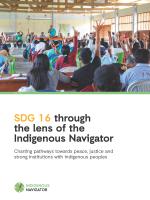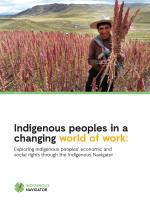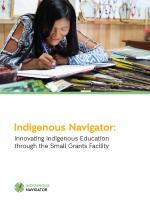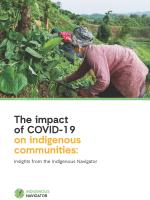Cambodia
Cambodia is home to 24 different Indigenous Peoples, who speak mostly Mon-Khmer or Austronesian languages, and constitute 2-3% of the national population, around 400,000 individuals.

Indigenous territories here include the forested plateaux and highlands of Northeastern Cambodia, approx. 25% of the national territory. While not disaggregated in the national census, other data confirms that Cambodian Indigenous Peoples continue to face discrimination and coerced displacement from their lands that is extinguishing them as distinct groups.2 These patterns are driven by ongoing state and transnational corporate ventures for resource extraction/ conversion (mainly timber, minerals, hydro, and agribusiness), coupled with growing in-migration from other parts of the country. Cambodia voted in 2007 to adopt the UNDRIP without reservation, and has ratified the CERD, CEDAW and CRC. It has not assented to ILO C169. During its last UPR (2013), Cambodia accepted a recommendation that it “increase measures to tackle illegal land evictions [of] indigenous people, and consider fortifying the legislative framework consistently with international standards.”3 This has not led to any actual remedy to the discrimination and land insecurity Indigenous Peoples faced in 2017. An Indigenous rights movement that began in the late 1990s continued to develop in 2017; however, with recent government crackdowns on political parties, NGOs, media, and others perceived to be in “opposition” to the reigning Cambodian Peoples Party (CPP),4 the ground on which the Indigenous rights movement exists is become more precarious.
